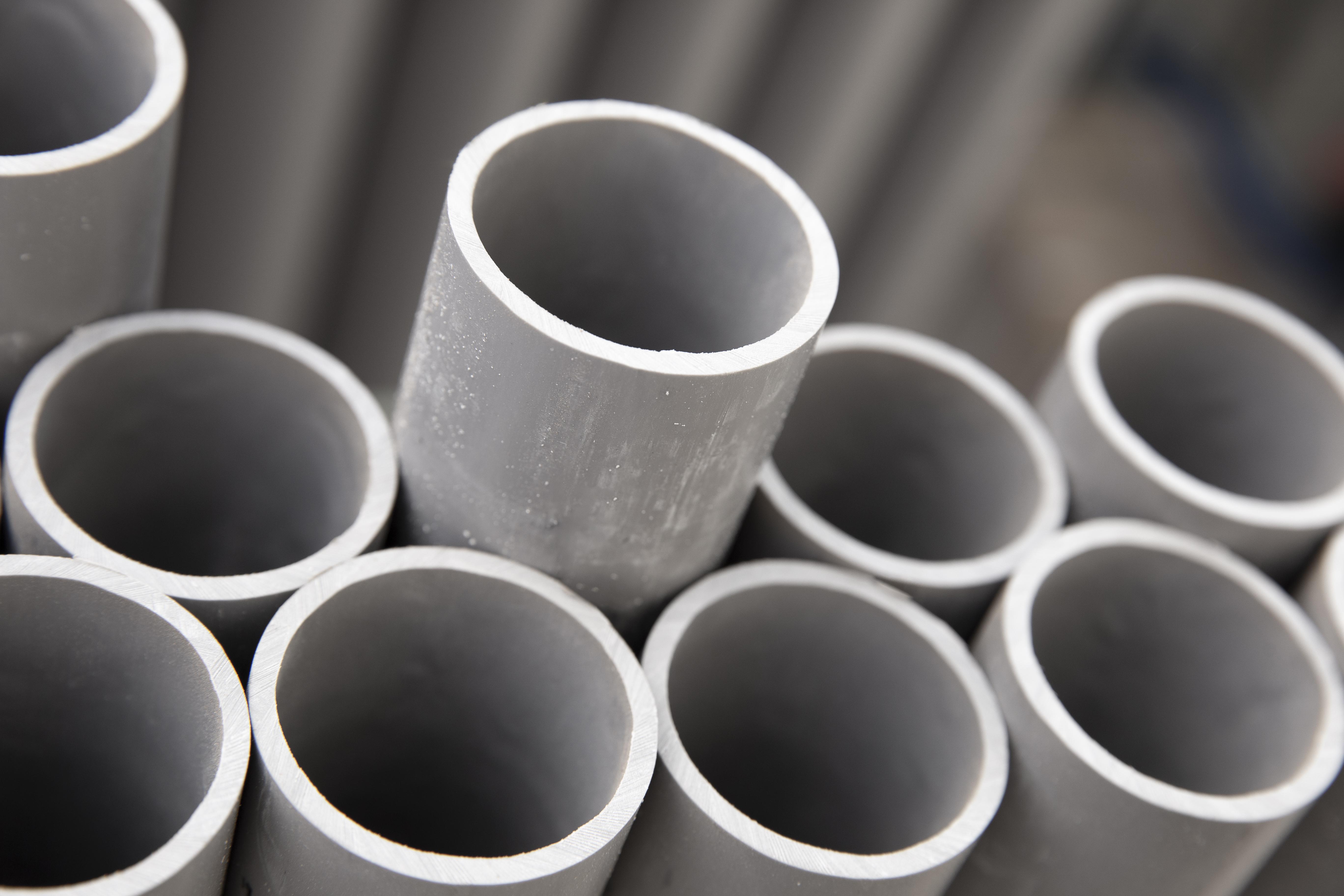When exploring modern industrial finishing methods, many people ask what is the difference between powder coating and electro coating. Both are advanced coating technologies used to protect and enhance the appearance of metal and other surfaces, yet they differ significantly in their application processes, performance characteristics, and best-use scenarios. Understanding these differences is essential for manufacturers, engineers, and decision-makers who need to select the most suitable coating method for their products.

Powder coating is a dry finishing process where a fine powder made of pigment and resin is electrostatically charged and sprayed onto a surface. The coated object is then heated in a curing oven, which causes the powder to melt and form a smooth, uniform finish. This process is known for creating thick, durable, and highly resistant coatings that protect against corrosion, chipping, and fading. Because powder coating does not involve solvents, it also produces minimal volatile organic compounds (VOCs), making it an environmentally friendly option. The range of colors, textures, and finishes available with powder coating is extensive, from glossy to matte, and even metallic effects.
Electro coating, also known as e-coating or electrodeposition, is a liquid-based process in which the part to be coated is immersed in a bath of water-based paint containing electrically charged paint particles. An electric current is applied, causing the paint to deposit uniformly on the surface of the object, even in complex shapes and recessed areas. This method creates exceptionally consistent coverage and thin, precise coating layers. E-coating is often used as a primer layer before a final topcoat, especially in the automotive industry, because it offers excellent corrosion protection and strong adhesion to the substrate.
One major difference lies in the thickness and texture of the coating. Powder coating produces thicker layers, which makes it ideal for components exposed to high wear or harsh environmental conditions. Electro coating, on the other hand, produces much thinner coatings, which is advantageous when precise dimensions are critical or when the coating needs to penetrate tight spaces without adding significant bulk.
Another difference is in the application environment. Powder coating requires specialized spraying equipment and a curing oven, making it more suitable for facilities with controlled production lines. Electro coating systems, in contrast, rely on immersion tanks and electrical control systems, and are more commonly integrated into high-volume manufacturing processes where consistent coating on complex geometries is required.
From a cost perspective, both methods can be efficient depending on the production scale and requirements. Powder coating can be cost-effective for medium to large batch production runs where decorative appeal and durability are important. Electro coating, with its high transfer efficiency and ability to coat hidden areas, becomes more economical for large-scale, automated operations that demand uniformity and corrosion resistance.
In terms of substrate compatibility, powder coating is most commonly used on metals but can also be applied to some heat-resistant non-metallic materials, provided they can withstand the curing temperature. Electro coating is primarily used on conductive materials like steel and aluminum, as the process relies on electrical conductivity to deposit the coating.
When it comes to environmental impact, both technologies are more eco-friendly compared to traditional liquid painting methods. Powder coating produces negligible VOC emissions and allows for unused powder to be collected and reused. Electro coating, being water-based, also produces low VOCs and generates minimal hazardous waste. However, proper wastewater treatment is essential in electro coating to remove residues and maintain compliance with environmental regulations.
Aesthetic flexibility is another factor to consider. Powder coating offers a wide range of visual effects, from smooth, glossy finishes to textured, rough surfaces, making it a popular choice for decorative and architectural applications. Electro coating generally produces a uniform, smooth, and often glossy finish, but it is more commonly valued for its protective qualities than for visual customization.
Maintenance and long-term performance also vary between the two. Powder-coated surfaces tend to have higher resistance to scratching and fading under UV exposure, making them suitable for outdoor applications such as fencing, machinery, and automotive wheels. Electro-coated parts excel in corrosion resistance, especially in areas prone to moisture and salt exposure, making them ideal for underbody automotive components, agricultural equipment, and industrial machinery parts.
Ultimately, the decision between powder coating and electro coating depends on the product’s functional requirements, production environment, cost considerations, and desired finish quality. Manufacturers often use both in combination—electro coating as a primer to ensure complete coverage and corrosion protection, followed by powder coating for aesthetic appeal and additional durability. By understanding their unique strengths, industries can select the right process to achieve optimal performance, efficiency, and longevity for their products.


